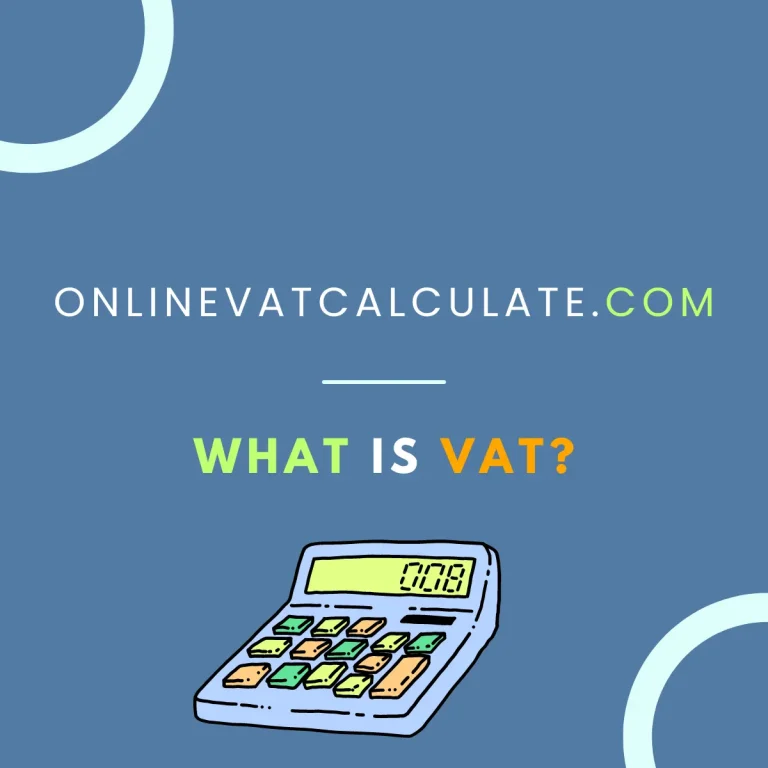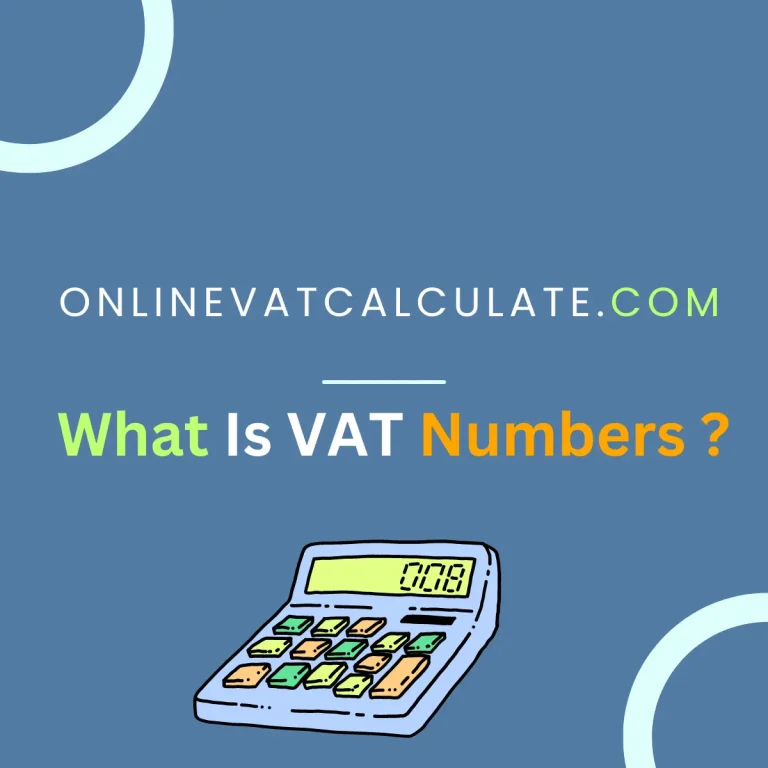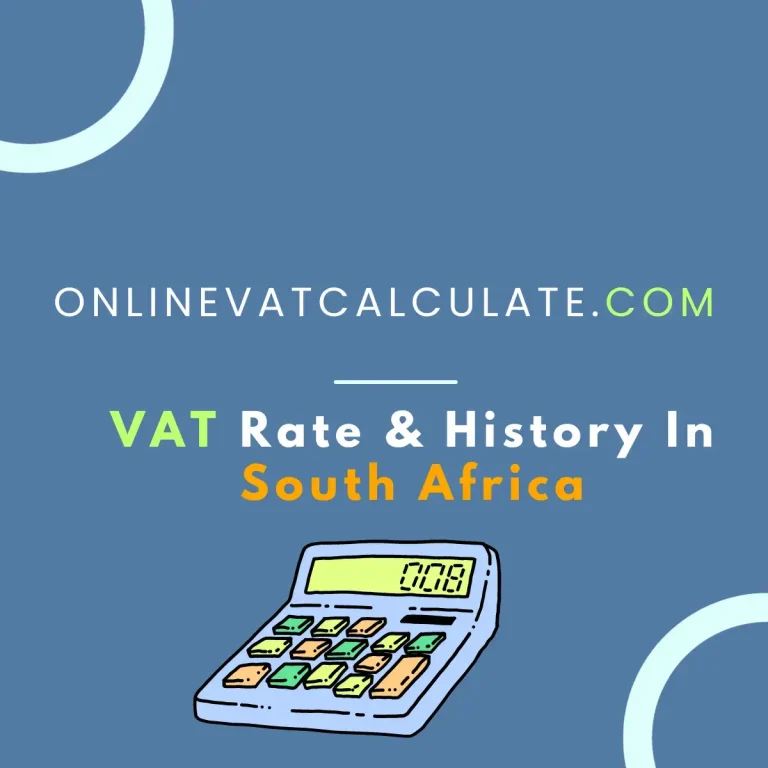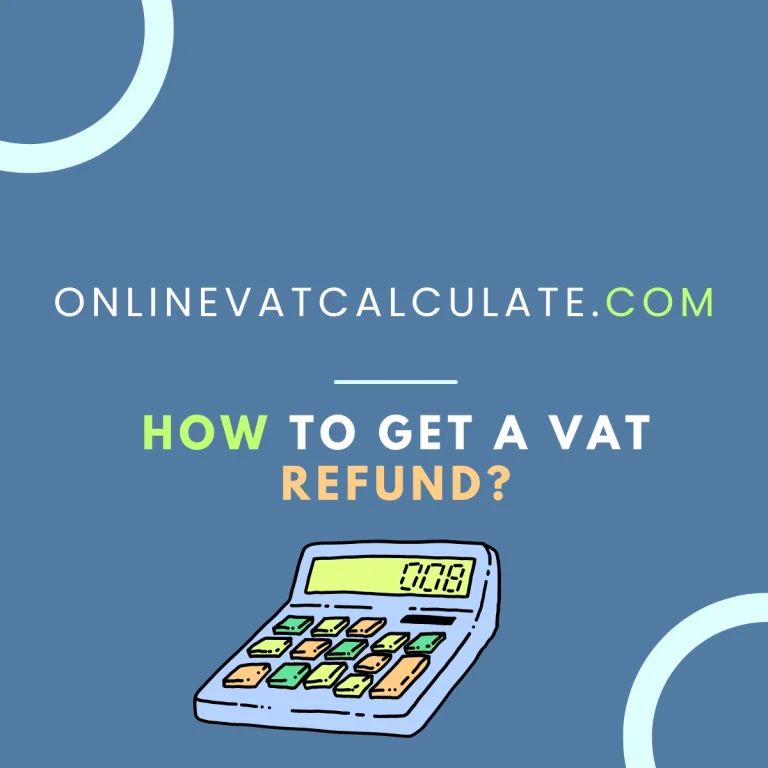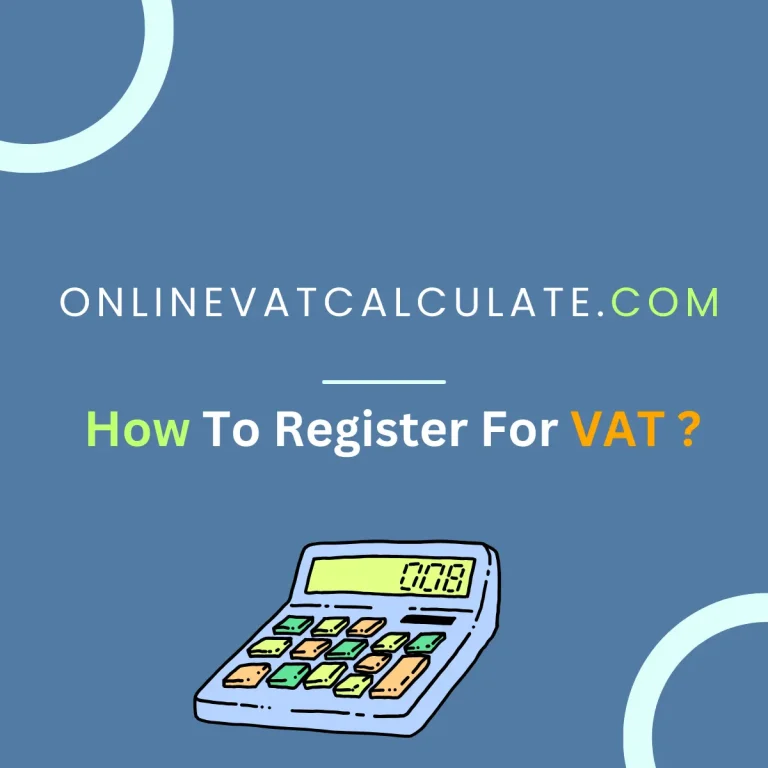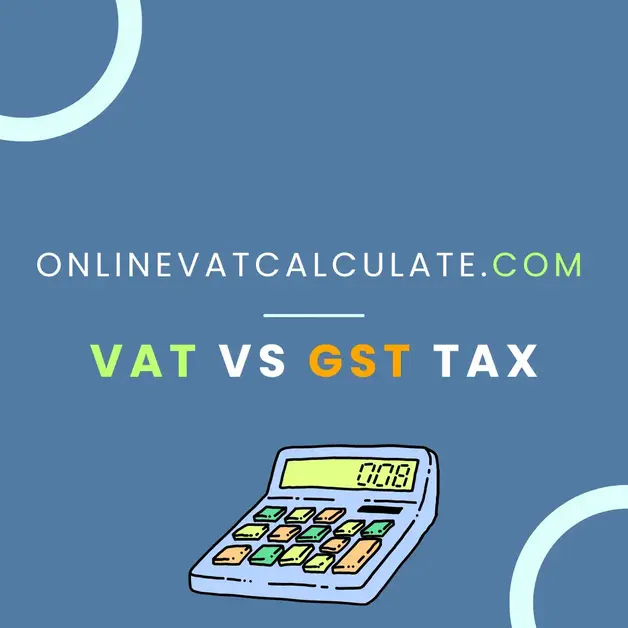What is the Reduced VAT Rate?
A reduced VAT rate, also called a “reduced rate of VAT” or “reduced VAT rate,” is a special value-added tax rate that is lower than the standard VAT rate applied to most goods and services. This reduced rate is typically applied to specific types of goods and services that are considered essential, important, or in the public interest. The purpose of implementing reduced VAT rates is to provide economic relief to certain sectors of the population and to encourage consumption in those sectors.
The specific goods and services that qualify for a reduced VAT rate can vary significantly from one country to another, as tax policies are determined by each individual country’s government. Examples of goods and services that might be subject to a reduced VAT rate include:
- Basic Food Items: Essential food items like bread, milk, vegetables, and fruits often receive a reduced VAT rate to ensure affordability and access to nutritious foods.
- Medicines and Medical Supplies: Pharmaceuticals, medical devices, and other healthcare-related products are often subject to a reduced VAT rate to make healthcare more accessible.
- Books and Printed Materials: Many countries apply a reduced VAT rate to books, newspapers, magazines, and educational materials to support literacy and education.
- Energy: Some countries offer reduced VAT rates on energy sources like electricity, natural gas, and heating fuels to alleviate the burden of utility costs.
- Children’s Clothing and Goods: Items like children’s clothing, school supplies, and baby-related products might qualify for a reduced VAT rate to assist families with young children.
- Public Transportation: Public transportation services, such as buses, trains, and trams, might be subject to a reduced VAT rate to encourage the use of eco-friendly transportation options.
- Entertainment Events: Tickets to museums, theaters, cultural events, and entertainment venues might receive a reduced VAT rate to promote access to cultural experiences.
The prices of these goods and services can vary from country to country. All of us should be aware of our country’s tax regulations to understand how reduced VAT rates might impact our purchases and expenses.

Pros of Reduced VAT Rates:
- Helping Small Businesses: Lower taxes can make certain businesses, like tourism or home renovation, do better. This means more jobs and economic growth.
- Making Life Easier for Poor People: If taxes on things like food, healthcare, and education are lower, poor people can afford these things more easily.
- Less Cheating: When taxes are lower, businesses might be less likely to cheat on their taxes because it’s more worthwhile to follow the rules.
- Bringing in Visitors and Investment: If taxes are lower on certain things, more tourists and companies from other countries might come to spend money or invest in the country.
Cons of Reduced VAT Rates:
- Less revenue for the Government: When taxes are lower, the government gets less money to pay for things like schools, hospitals, and roads.
- Trouble for Businesses: Businesses might struggle to figure out which things have lower taxes and which don’t, which could lead to mistakes.
- More Complicated Rules: Having different tax rates for different things can be confusing and make it harder for the government to collect the right amount of taxes.
- Buying the Wrong Stuff: Lower taxes might make people buy things just because they are cheaper, even if they don’t really need them. This can be wasteful.

